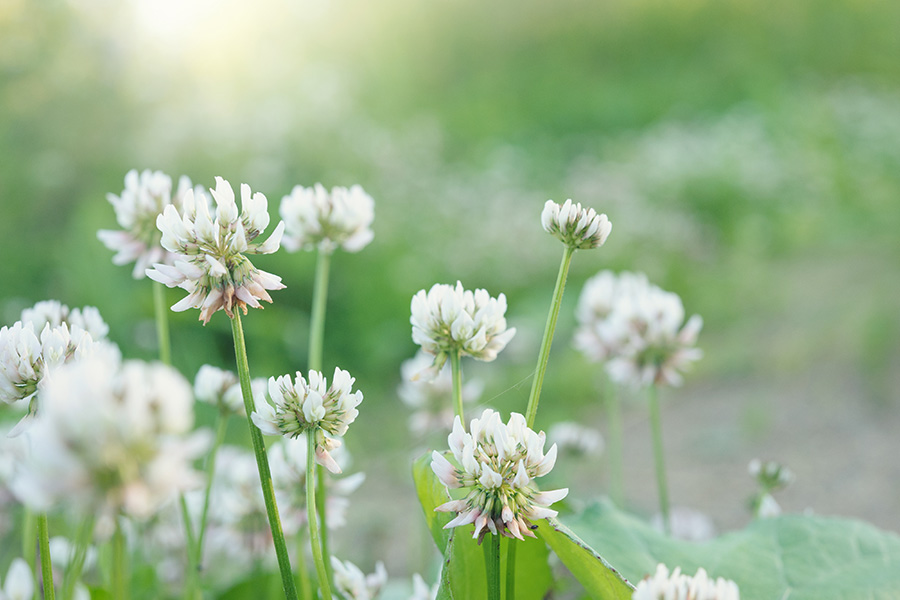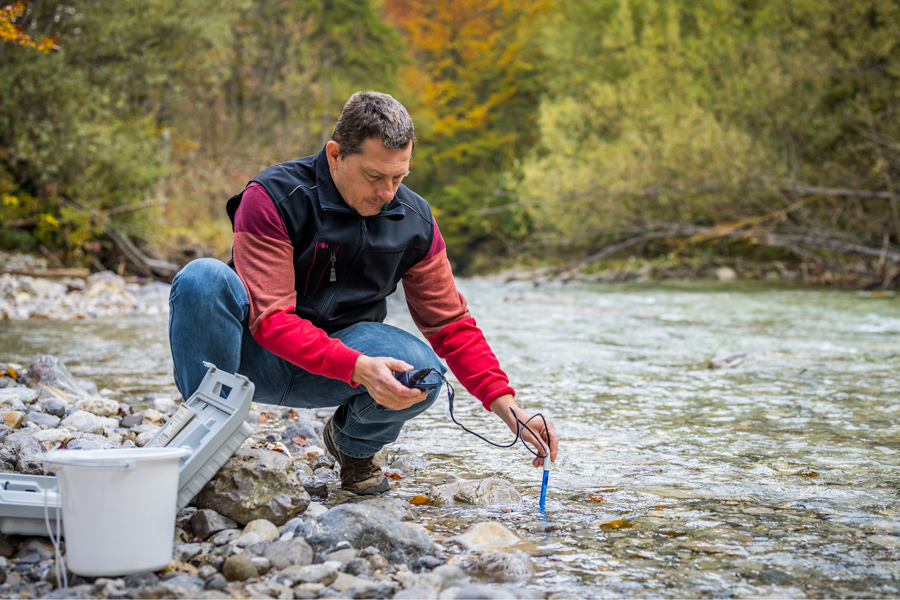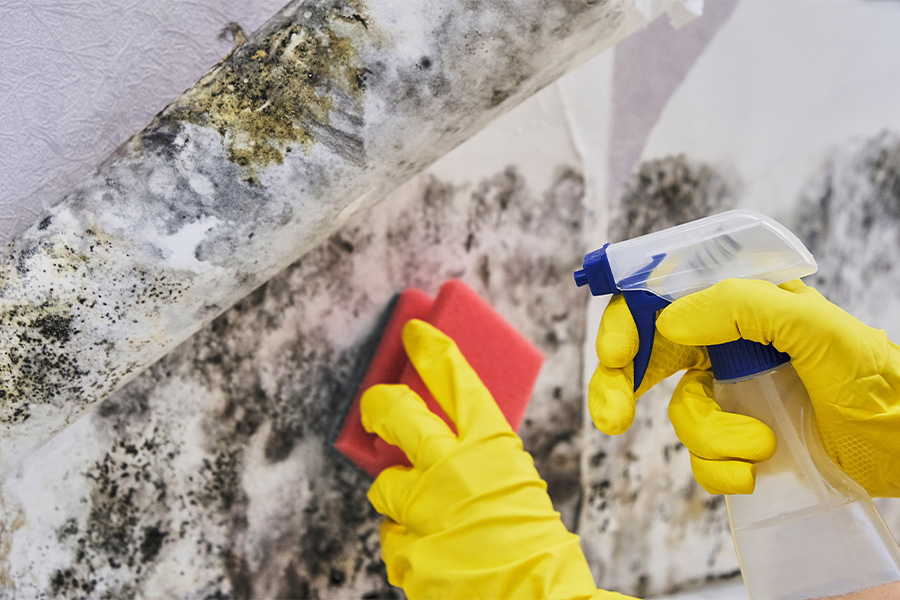-

B 1242-3
Georgia’s Water Quality Standards
The Environmental Protection Division (GAEPD) of the Georgia Department of Natural Resources (GADNR) is responsible for setting and enforcing water quality standards. The goals of establishing these standards are to “provide enhancement of water quality and prevention of pollution; to protect the public health or welfare in accordance with the public interest for drinking water supplies, conservation of fish, wildlife, and other beneficial aquatic life, and agricultural, industrial, recreational, and other reasonable and necessary uses and to maintain and improve the biological integrity of the waters of the State.” This publication contains comprehensive information about Georgia’s water quality standards and what the public should know about bodies of water that do not meet these standards.
|
-

White clover (Trifolium repens L.) is a cool season perennial legume of Mediterranean origin. White
clover has been used as a forage in North America since Colonial times. Benjamin Franklin noted its
prevalence in cleared and disturbed land as early as 1746. There are many animal and agronomic related reasons for establishing a productive stand of white clover in existing grass pastures. This publication covers tips on selecting, establishing and managing white clover to help ensure a productive stand.|
-
Lime mud is a by-product produced in pulp mills as part of the process that turns wood chips into pulp for paper. The pulp mill cooks wood chips with sodium hydroxide to extract the wood fiber used to make paper from the lignin that binds the wood together. During this process, sodium hydroxide is converted to sodium carbonate. The pulp mill than adds calcium oxide, also known as quicklime, to convert the sodium carbonate back to sodium hydroxide in order to use it again. In the process, calcium carbonate is formed.
|
-

B 1242-2
Total Maximum Daily Loads in Georgia
A total maximum daily load (TMDL) is a calculation of the maximum amount of a pollutant that a water body can receive and still meet water quality standards. This publication contains comprehensive information about total maximum daily loads in Georgia, including their importance and how to establish an implementation plan.
|
-

B 1242-1
Watershed Assessment in Georgia
Watershed assessment is the measurement and use of chemical, physical and biological properties to determine the current health of streams. It also can include the use of predictive modeling of watershed conditions and suggests management practices that will maintain and improve the health of a watershed. This publication provides information on the components of a watershed assessment and how to implement these plans.
|
-
Much attention has been placed on the potential negative environmental impacts of grazing; however, grazing can be a powerful tool for improving pasture health and productivity. Grazing diminishes the competitive ability of plants like broomsedge and johnsongrass and improves the competitiveness of bermudagrass, bahiagrass and even clovers. Improper grazing, on the other hand, can decrease the competitiveness of desirable species like orchardgrass or switchgrass and encourage undesirable weedy species.
|
-
This publication describes some of the most troublesome diseases of Georgia’s landscape plants. The following material will help you identify these diseases and offers recommendations for treatment. Knowledge about the common diseases of Georgia landscape plants will allow professional and amateur growers alike to better fight plant diseases and produce healthy plants.
|
-

C 1047-2
Removing Mold in Your Home
Mold grows from spores, which are found naturally in the air and cannot be seen by the naked eye. Mold spores act like seeds, causing mold to grow under the right conditions. Mold itself is usually easy to detect. While testing is sometimes used to determine the presence of mold, it is generally not necessary or recommended. Usually a quick investigation with your eyes and nose can tell you if mold is present. Keep in mind that the first signs of mold might be the development of allergy-like symptoms. If you detect excess moisture or a musty odor, but do not see mold, be sure to check behind cabinets and wallpaper, and under carpeting. These are common hiding places for mold. Do a complete inspection of your home using the UGA Mold and Moisture Checklist, available online at http://www.fcs.uga.edu/extension/home-publications. The key to controlling mold is to eliminate the source of the moisture problem.
|